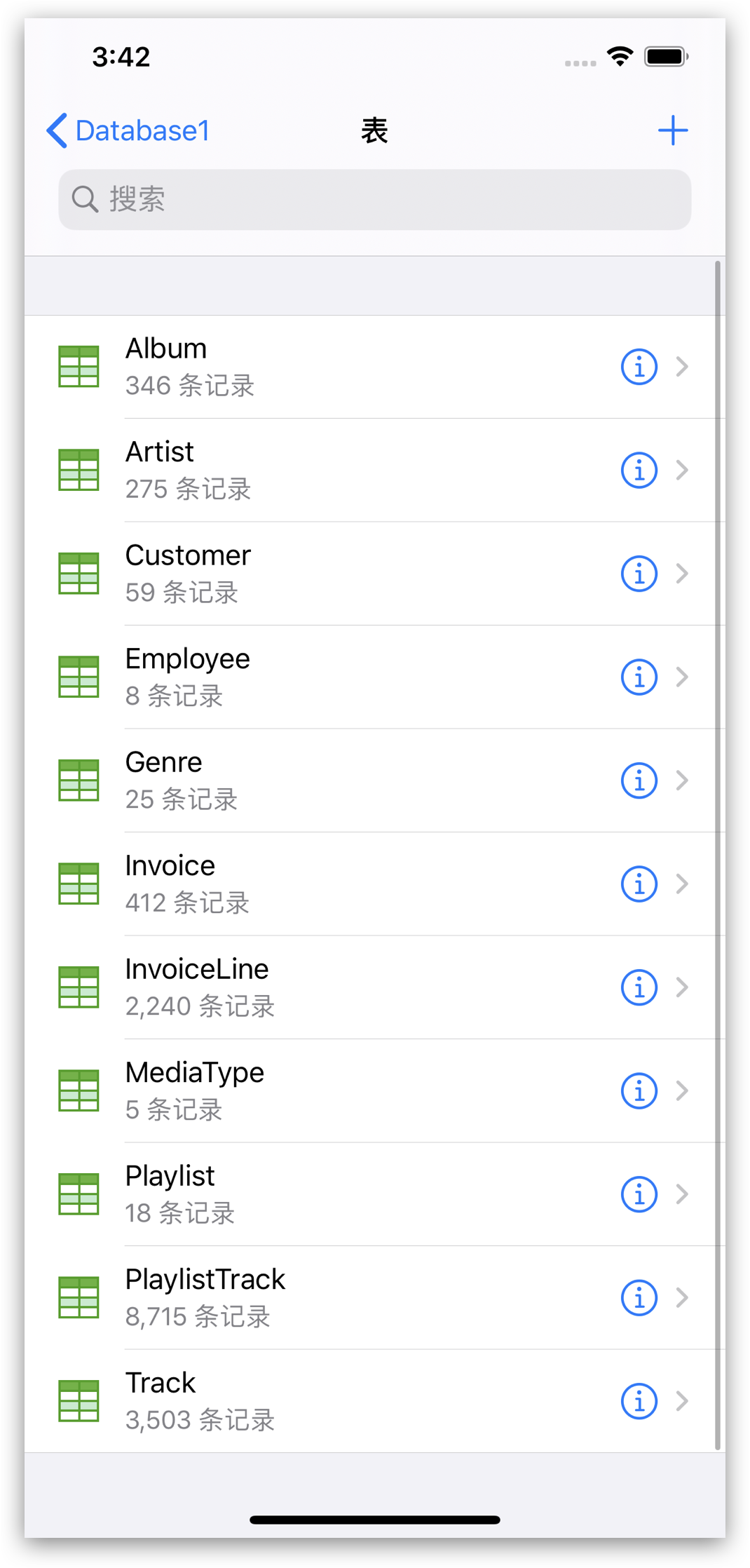
filename.sqlĪnd pass through an existing SQLite. Wrangler d1 execute my_database-name -file. So we made it easy and painless to bring your existing data from an old database and bootstrap your new D1 database. It wouldn’t be the “Cloudflare way” if you had to sit through an agonizingly long process to get set up. To get your database up and running! Now it’s time to add your data. With the latest version of Wrangler installed, you can create an initialized empty database with a quick
SQLITEFLOW HOW TO
Let’s take a quick look on how to get set up in a few easy steps.
SQLITEFLOW UPDATE
That’s why when Wrangler 2.0 was announced this past May alongside D1, we took advantage of the new and improved CLI for every part of the experience from data creation to every update and iteration. We knew from Cloudflare Workers feedback that using Wrangler as the mechanism to create and deploy applications is loved and preferred by many. With D1 still in private beta but an open beta on the horizon, we’re excited to show and tell our journey of building D1 and what’s to come. Since our launch announcement in May and private beta in June, we’ve made great strides in building out our vision of a serverless database. Compatible with the popular SQLite API, D1 empowers developers to build out their databases without getting bogged down by complexity and having to manage every underlying layer.
SQLITEFLOW FULL
The long awaited “Cloudflare Database'' was the true missing piece to build your application entirely on Cloudflare’s global network, going from a blank canvas in VSCode to a full stack application in seconds. But the question always remained “How can I store and query relational data without latency concerns and an easy API?” Prior to D1 we’ve announced storage options like KV (key-value store), Durable Objects (single location, strongly consistent data storage) and R2 (blob storage). When we announced D1 in May of this year, we knew it would be the start of something new – our first SQL database with Cloudflare Workers. Let you copy the temporary local database (that originally created by sfopen command) to debugged device.This post is also available in Deutsch, Français. Let you open a copy of a temporary local database that originally in debugged device. Show binary data structure of SQLite database file, journal file, WAL file or WAL-Index file.This is a very handy way to do attach database thing, and could save a lot of your time from writing ATTACH DATABASE commands if your business mode relies on it. Attach opened databases without any code.One of a cool thing that benefit from this feature is, this makes SQLiteFlow can work friendly with your SQLite databases in iOS simulator.Handle Database File Name or Directory Changes So you can open your app's Documents directory more easily than before when developing your apps. Supports Dark Mode for macOS Mojave or later.Supports open remote SQLite databases on SQLiteFlow(iOS).Supports access encrypted SQLite database which is encrypted by SQLCipher library.

SQLITEFLOW FOR MAC
SQLiteFlow is an SQLite editor for Mac & iOS which is intuitive, stable and reliable to use. Two-week free trial! So you can purchase SQLiteFlow after you know you like it!


 0 kommentar(er)
0 kommentar(er)
